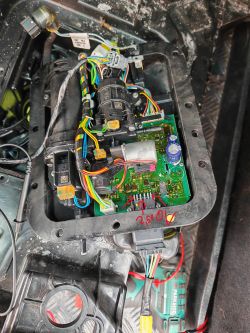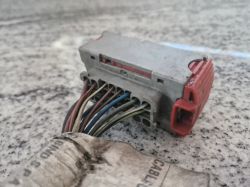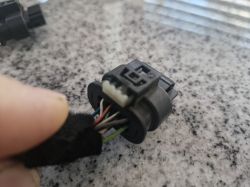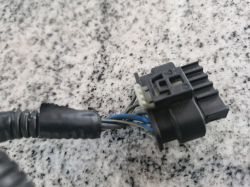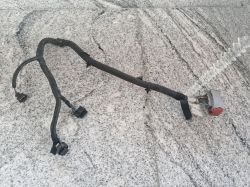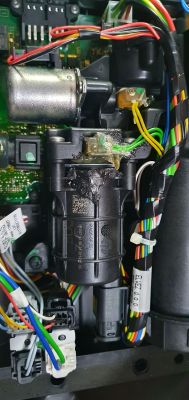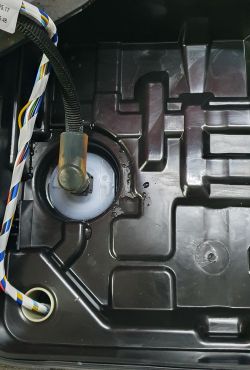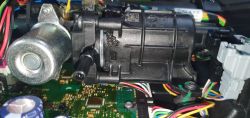Hey,
I'm posting an update because I promised the topic founder, and he deserves credit for his immense work.
After about 2 weeks of using the car, I consider the repair successful

. In my case, the repair consisted of replacing the thermistor and sealing the pump. All other components proved to be in working order. I bought a regular 10kohm thermistor. After cutting the circuit from the tank, I soldered a new one, put a piece of silicone tubing over it and inserted it through the hole where the wiring harness goes - as far as possible.

.

.
I sealed the pump by replacing all the o-rings with new ones. I replaced the two smaller ones with a different size from the originals, according to the information from the author of the post - and here again a big thank you for your help and interest!
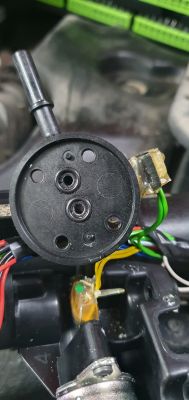
.
The new o-rings are 5.5 x 1.5 - 70NBR - they are thicker and it is noticeable - they sit tight and when assembling you have to gently tighten each screw diagonally so that the plastic part doesn't break from the stress - the difference is really quite substantial.
I fitted a larger o-ring with 22x2 silicone - 70 VMQ.
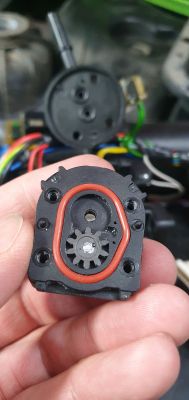
.
And now the most interesting thing about this leaking pump - the main culprit for the fluid leak into the motor housing is the simmering on the shaft, which is unusual and cannot be bought anywhere.
7bbc2a748 .
It is embedded in such a "socket"
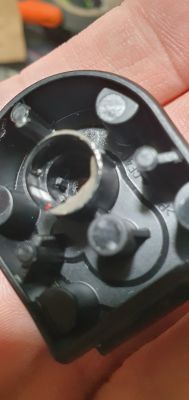
.
It just rests on the circumference on the spline visible in the centre. So I figured it out like this:
I purchased 2 tiny 2x2 o-rings that fit perfectly in the centre of the spline, but fit snugly over the motor shaft - it has a diameter of 2.3mm. The height of the spline is 2.5mm and the 2 o-rings on top of each other give us 4mm, so that the simmering ring protrudes slightly when inserted into the socket.
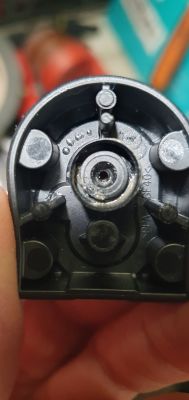
.
As the housing at the rear has a rubber drag that presses the motor inside us, putting everything together "crimps" the tapered inner part of the simmering in the protruding o-ring, giving us a tight seal on the shaft.
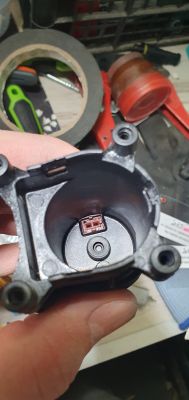
.
Once assembled, by turning the pinion on the motor shaft you can feel a marginally higher resistance but completely non-threatening to the engine.
After putting everything together, I cleared the errors using the app from my phone and so far they have not reappeared.
Best regards and thanks again to the author of the topic!!!



